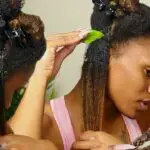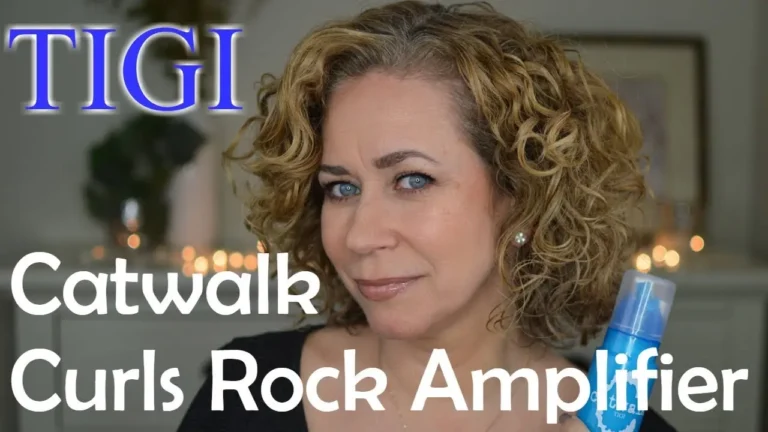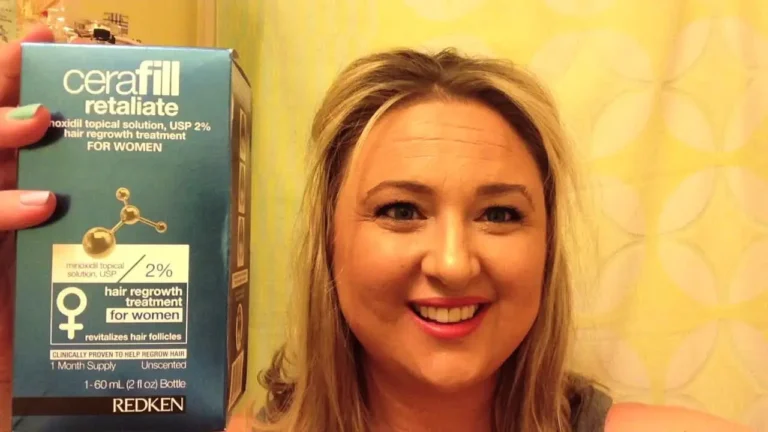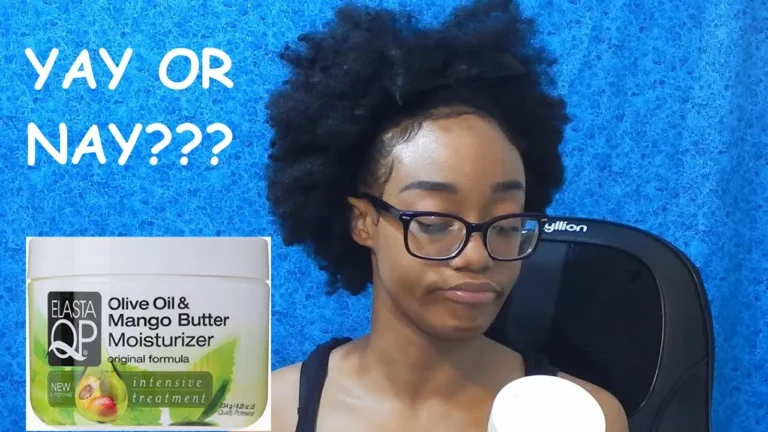
Humectants for low porosity hair
I have been eager to learn as much as I can about humectants for low porosity hair since I did the hair porosity test a few years ago. For the longest time, I had to deal with extremely dry hair because I had no idea that my hair strands could not easily absorb moisture.
I was desperate to find a product that would work for my straw-like hair and very keen to opt for products with natural ingredients. However, I never took the time to read the list of ingredients before buying anything .
What are humectants?
Humectants work by increasing the amount of moisture in your hair, which can make dry hair feel softer and healthier. You likely know someone who uses one or you may have seen it online. This is a good question to ask!
Humectants are found in conditioners, shampoos and other products, and today you will learn what they are and why they might be in some hair products.
Humectants are hydrophilic ingredients, which means they attract water like magnets attract metal.
Hair doesn’t have a diffusing layer of humectants, so these ingredients need somewhere to hold onto water. Weather & other products in your hair can determine where the humectant will get its water from, but we’ll get to that in a bit
How do humectants work?
Time to put on our lab coats. Molecules are made of atoms that stick together. For example, the molecules that make up water are two hydrogen atoms and one oxygen atom. That’s why we call it H2O (Hydrogen 2 + Oxygen).
When you spill water, it tends to stay together in a puddle instead of turning into mist. This is because molecules like to stick together.
Humectants are molecules that have the ability to store water in their structures. They usually have hydrophilic parts and hydrogen bonds, which help retain moisture from the air.
Hydrogen bonds occur between hydrogen atoms and oxygen atoms. In particular, the hydrogen atoms and the oxygen atoms like to stick together. This is called a ‘hydrogen bond’
Humectants have hydroxyl groups that can form hydrogen bonds. This allows them to hold on to moisture better and also make a good adhesive.
Because of this, water likes to stick to humectants too, and they draw in water from whatever is around them. They also reduce the sagging of buildings by pulling in the moisture.
Why does low porosity hair need humectants?
You might be wondering: ‘Am I supposed to use more water into my hair? Because the humectant is attracted to the water?’
Basically, that’s a good question. It depends on your hair’s porosity. Porosity basically tells you how good your hair is at absorbing water
Porous hair is classified into three types: low, medium, and high. If you have normal porosity, your hair should be fine. It needs to absorb the amount of moisturizer it’s intended to receive.
If you have high porosity, your hair is very resilient. This means your hair can retain moisture just as well as it releases it. However, this can also lead to problems because of the lack of moisture retention in your hair.
People with high porosity hair have a shorter cuticle that stands off from the surface of the hair. It’s easy for their hair to absorb and lose moisture when it makes contact with anything they come into contact with or if they experience a change in environmental temperature.
If you have low porosity hair, you may be less affected by the temperature. Heat will generally travel up through low porosity hair, so frequent use of heat styling tools can be damaging and lead to broken strands as well as damaged cuticle layers.
It’s easy to figure out the porosity of your hair with a test involving water. Drop one clean strand into the glass of water and see what happens.
If it sinks, you have high porosity. If it floats south of the glass, then congrats! You have normal porosity. If it floats somewhere in the middle of the glass, then you have low porosity and need to take better care of your hair to avoid frizz.
If you have low porosity hair, then humectants can provide some nutrients that are beneficial. They will increase your hair’s ability to take in moisture and give you healthy and happy hair.
Which humectant should I use?
There are many types of humectants and they all have their own benefits – they can help make a moisturizer, lotion, or sunscreen more effective. Check out some examples below and see if one works for you!
Propylene glycol
Propylene glycol is typically clear and syrupy. It has no odor or taste, and it’s a synthetic liquid that comes from vegetable oils like grapeseed and coconut, and it’s non-toxic.
It won’t cause build-up because it mixes well with water. This makes it an ideal moisturizer as your skin doesn’t lose moisture when it comes in contact with this humectant.
Hexylene glycol
Hexylene glycol is a humectant and can add a little slip to the product it’s in. However, it is classified as an irritant
Dipropylene glycol
This is another liquid humectant that is colorless and odorless. Dipropylene glycol tends to be more oily than other humectants, which can provide a certain degree of conditioner.
Glycerin
Glycerin is widely used product with 1,500 different known uses. It is an important ingredient in dynamite as well as products such as sweeteners & soaps.
Glycerin is a humectant which can provide moisture and a sheen to your hair. It can be applied to dry or wet hair, and is a great way to treat split ends. I recently wrote about how it helped me with the tips in this blog post
Honey
Honey is a versatile, natural product that can do a lot of things. Its popularity comes from its natural benefits and the fact it can help hair grow naturally.
Many people like to use honey in their deep conditioner because it can help provide moisture to hair strands. Honeys natural composition includes nutrients like silicone, vitamins, minerals and antioxidants.
Panthenol
This humectant is also of natural origin. It is also known as Vitamin B-5, and when it is absorbed into your system, it can help support the production of keratin in your hair – which supports its health & appearance.
Fructose
Fructose is a type of sugar that comes from fruits, used to enhance the sweetening and adds moisture to your hair. Too much fructose can make it dull though and so you should monitor your intake.
Pros and cons of humectants
Humectants are great for low porosity hair because they make the surface of the hair hydrated and less likely to show dryness or brittleness. Humectants also deep condition, moisturize, & strengthen damaged hair. Learn more about how they work!
People with normal porosity: Humectants can help you when your hair is dry and make it easier for you to manage. It can also provide that extra body your hair needs.
Now for the cons. It’s important to remember that humectants like to attract water. It needs to come from somewhere and eventually a level of dew will be reached, meaning it is time for you to get a moisturizer!
When there is a normal amount of water in the air, like on humid day, the conditioner will get its moisture from the surrounding atmosphere and humidity. Humectants will find their moisture this way.
Humectants, like glycerin, can keep moisture in your hair for a long time and provide some protection from sun damage or other outside factors. They can also help protect against dandruff as well.
The mere presence of humid air or humidity can cause frizzy hair because it contains too much moisture.
It’s important to be careful when you use humectants. If you live in cold, dry winters, then it might be wise to avoid humectants without using other products to help trap in moisture.
If it’s very humid where you live or you have a very humid summer, you may need an anti-humectant.
What’s an anti-humectant?
Anti-humectants are chemicals used to prevent water from getting into your hairs. They are typically used in scalp care products, most often shampoos.
This prevents your hair from frizzing and keeps it in the desired state. If you have been recently styling your hair, this can help your natural texture to return!
Make sure you’re using anti-humectant products for the right reasons. Applying them when your hair is dry, as evidenced by this statement, can result in brittle, straw-like strands.
Conclusion
There is a lot of information on humectants and I wanted to include them in the article, but there are some more that we need to talk about. But hopefully my article has given you some good jumping off points for the research of these molecules.
The more we know about what products to use and how to care for our hair, the better. By understanding the types of processes that need to be used with certain products and by taking into account different hair textures, we can become more confident in using them for our styling routines.







Comments are closed.